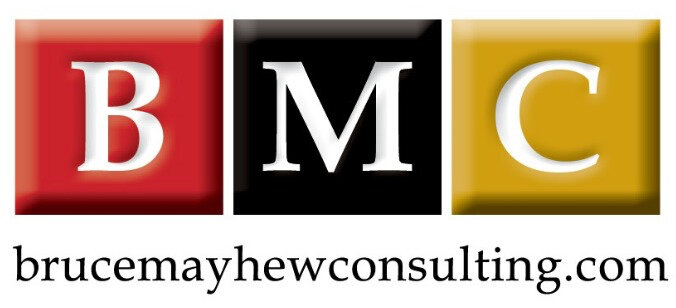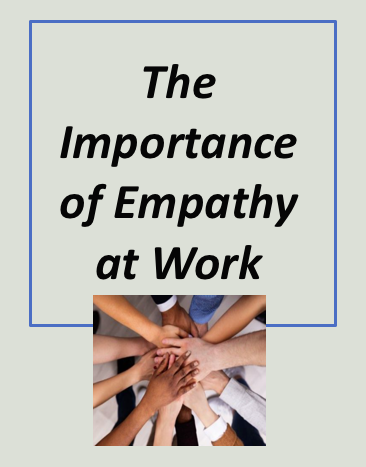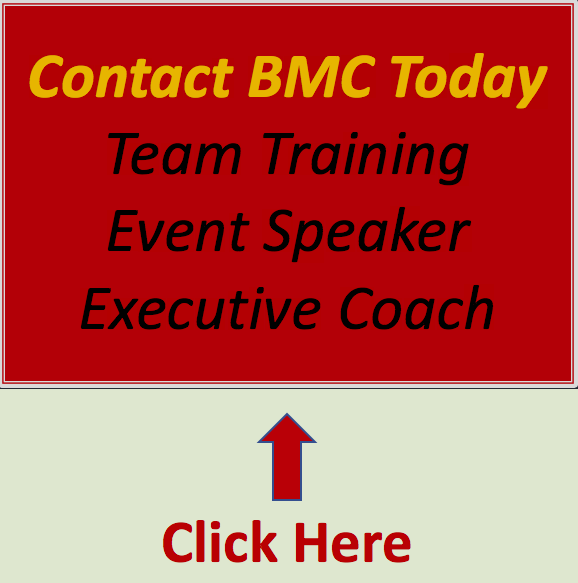What Are Core Values?
/Welcome to the second in my trilogy of articles covering the importance and use of Vision Statements, Core Values (this article) and Mission Statements.
I like to think of core values as common ground we are all aware of, share, understand and can count on. Core values help unite us – be it families, the companies we work for and purchase from or the non-profit charities we support. Whether it’s connecting leadership to employees, employees to customers, or customers to a feeling of trust, core values bring people, ideas and actions together.
Defining, communicating, and living core values is essential to a company or department reaching its full potential. Yes, you can have a high-functioning department with a great leader and team who embrace shared values within a less-than-ideal company.
If you want a one sentence definition of what are core values, here it is. Core values are a list of action-oriented verbs that clearly and concisely represents the company’s guiding principles.
A company’s core values establish guidance for company leadership and employees. Core values help companies make important decisions and keep everyone on the team focused and accountable, particularly during time or challenge or change or when faced with difficult decisions. Core values are also a useful tool for recruitment. Similarly, core values are excellent tools to help improve customer awareness and confidence. When customers understand the business’s core values and see how they align with their own, they’ll more than likely trust the company.
How to Use Core Values
Before you publish the core values, determine how they will be used. How will the company help every employee begin living these values with every discussion they have, meeting they participate in and decision they make? How will these values be used in product design, implementation, marketing materials, sales discussion, and client support? When will they be used to say “Yes” and most importantly, when will they be used to say “No” or “I made a mistake.” How will these amazing new core values be integrated into every employee’s goal setting discussion and performance reviews – from the most senior to the most junior? Hold everyone accountable for living your core values – no exceptions.
Share them everywhere and all the time. What else is there to say? Implementation of your core values must be more than putting up posters in the conference rooms and updating them on your website. If that is all you do, you many as well not have done any of this work.
Finally, integrate them into your vision statement (your future looking document) and your mission statement (your what we are doing today document).
How to Build Core Values
Uncovering your core values is an important project that provides stability and guidance throughout the company. Consider these steps when planning how to find your company’s unique set of core values.
Assemble a Team
As with the exercise to uncover your vision statement, assemble a team who will share in this project. Ideally, include people from different levels of the organization. An outside agency will be a great asset as they can be a neutral voice and help guide the process.
Brainstorm values
In a small business you may be able to ask everyone for their insight. In a larger operation, you may need to be more selective as you capture a range of employee voices from different levels of the company. Ask employees to use verbs – action words and short statements to describe how they feel about the company, the work they do and the impact they make. Also ask what they would like to company to represent in the future. Don’t edit their feedback. You will likely end up with a long list of interesting ideas. Note, some of this feedback may not be positive or inspirational. That is valuable information into your corporate culture, and I encourage you to use it to work on your employee engagement.
Group themes
Now is the time to consolidate and group similar words and statements. Look for themes that represent your business now. I also encourage you to explore themes that are inspirational and will assist in supporting change and growth.
Look for words that pop
Have each person on your values team independently select 10 words they feel best meets the company’s current and future potential and uniqueness. Ask them to rate from highest to lowest and include a brief explanation of why they chose that word. Then, assemble the team and discuss. This is a time to practice your listening skills. Try to choose six core words which may have a few related words listed below them. If you have more than six core words don’t worry – go with that for now. Remember, you are looking for unique, relevant and truthful words that are inspirational for today and into the future.
Draft a support statement for each word
Try writing one sentence for each of the six word you chose in the previous step. You may want to ask each member of your team to draft a few versions of this sentence and then meet to review and discuss each option. Once you have agreed on a sentence for each word, ask questions like, “Are we missing anything?” and “Do we really believe them?”
Finalize core values
Share your proposed core values with others from top leadership to your newest employee. How do they feel about them? What feedback do they have about them? Use their feedback and see if there must be any further adjustment before you lock down your final core values and support statements.
Conclusion
I recently was approached by a prospect to do some leadership training. As part of our initial discussion we began to talk about their vision statement and their core values which they were proud of for good reason, they had recently invested a good amount of time to update them as part of their current and future strategy. To honour their hard work and the hard work of other teams who want to embark on this journey, I decided to write a trilogy of articles that walks through the important process of creating and using:
Company Core Values (this article)
I will link to the other two articles here as I launch them.
For now, let me leave you with one last thought about core values. Exploring, sharing and working each day being guided by your companies core values will help everyone as individuals achieve excellence as they work united toward the companies – and their own personal and professional goals.
Thank you for reading ‘What Are Core Values?’.
Be well and happy communicating, leading and creating a culture of belonging within your company or within your team.
Bruce
Learn More About Bruce Mayhew
Toronto corporate trainer and executive coach Bruce Mayhew Consulting is in the people business… it just so happens that training and/or executive coaching is involved. Let us help you improve your productivity and employee engagement.
To learn more about how leadership training can to improve your skills call us at 416.617.0462.
Bruce Mayhew Consulting's most popular programs are Email Etiquette Training, Difficult Conversations, Generational Differences, Leadership Skills Training and Time Management Training
Related Workshops That Drive Business Success
Toronto based corporate trainer and executive coach Bruce Mayhew Consulting offers leadership training and professional development across Canada and the USA.















